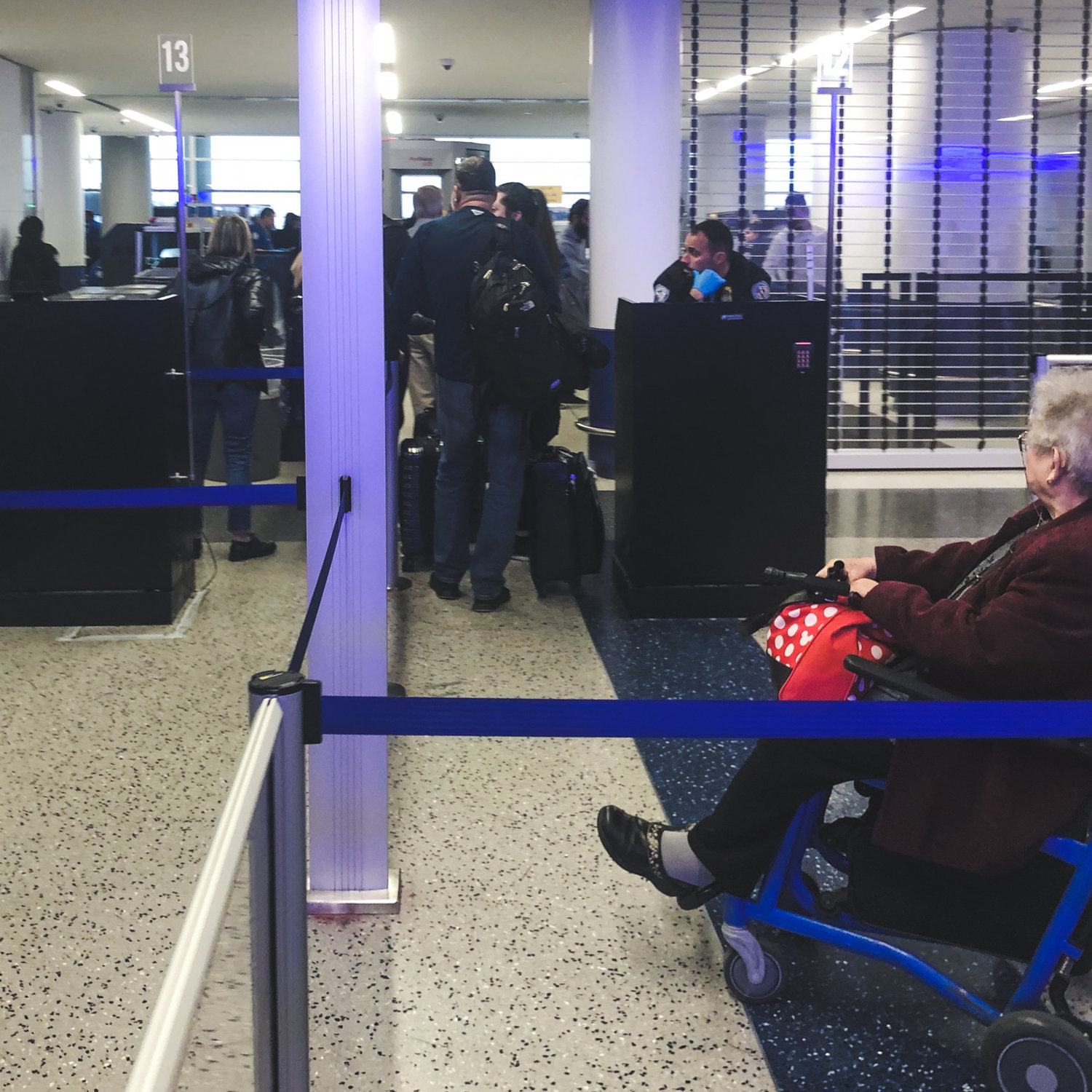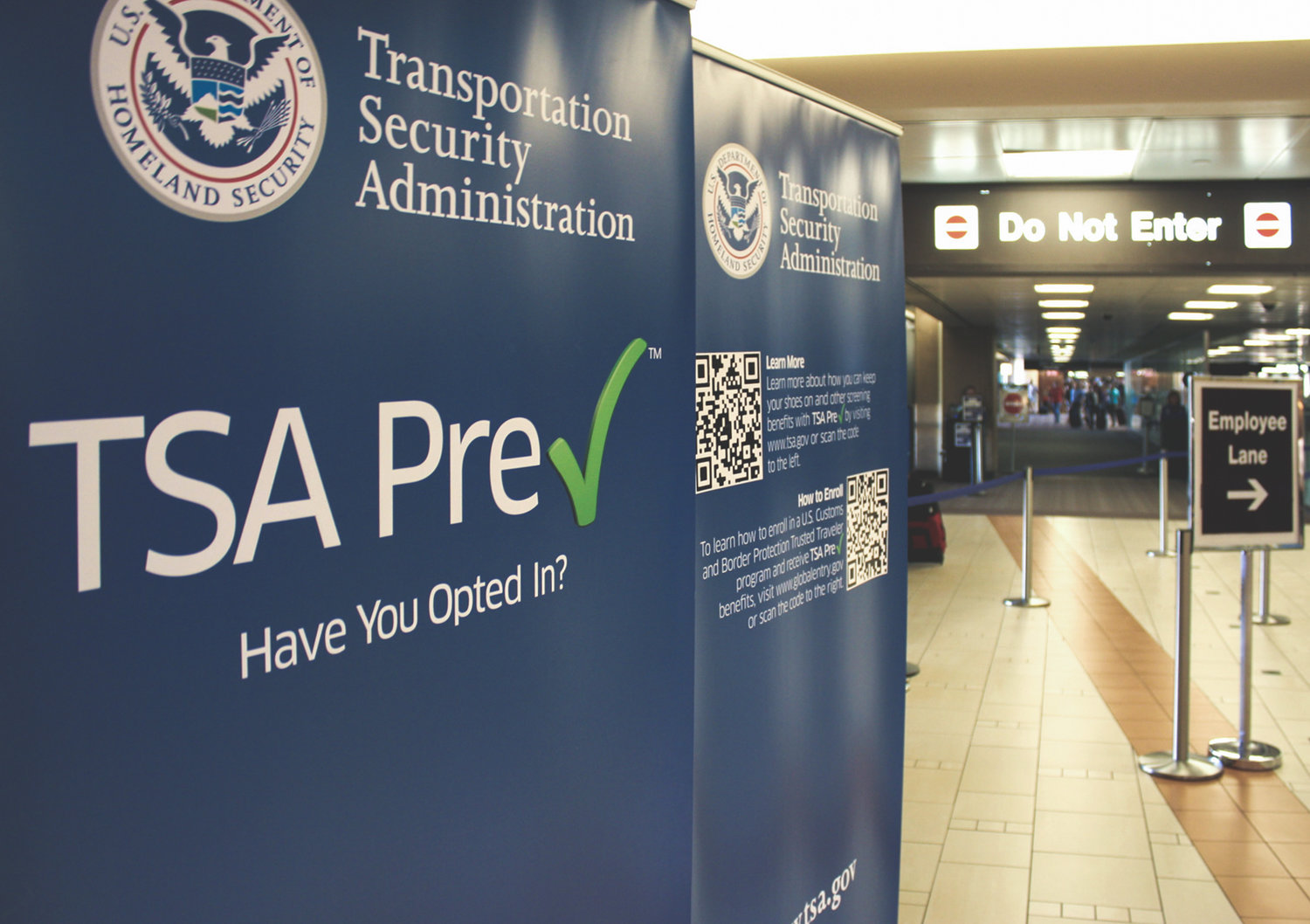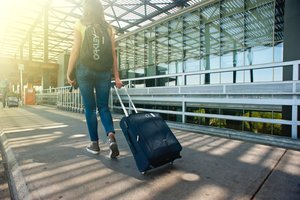Remember the movie Up in the Air with George Clooney? Clooney plays Ryan Bingham, a corporate downsizer, who travels around the country to visit workplaces and lay people off. A frequent flyer, Ryan has no fixed abode, relishes his travels, and aspires to become the seventh and youngest person to earn ten million frequent flyer miles with American Airlines. The currency of Bingham’s mobile lifestyle includes mileage points, hotel perks, car rental upgrades, and airport meal vouchers.
I‘m not quite the same level of road warrior as Clooney’s fictional Bingham, but I do share his understanding of the habits, behaviors, and communication shared by frequent travelers. My professional life requires me to spend more than my fair share of time working at 30,000 feet, and I find it incredibly amusing when people suggest that the life of a consultant is glamorous and exciting.
The sad truth is that mine is anything but that. There is no 7-figure paycheck, I don’t fly business class, and I rarely have the opportunity to stay in 5-star hotels (I don’t even have enough points to try to stay one night for free). I don’t wear stylish designer five-inch heels but, instead, opt for the more sensible wedges that allow me to tolerate eight hours on my feet while teaching a class. I manage to squeak out Gold status on my airline but that rarely provides me with more than the ability to book an Economy Plus seat when I make my reservation. I still eye the first class cabin with envy from my bulkhead seat right behind the curtain. Rather than Michelin-star restaurants, I am typically scarfing down overcooked chicken at a hotel buffet and, as I write this, I am sitting in a Starbucks in Orange County, CA that looks like every Starbucks in every city that I tend to hunker down in when I have an hour to kill between meetings.

My travel life requires me to endure screaming babies, sneezing seat-mates, long lines at TSA, and less than first-rate hotel rooms (last night my TV was broken and it took a very stern discussion at the front desk to get them to fix it). The benefits of my wealth of experience as a traveler means I pack more efficiently, rarely check my bags and can navigate an airport terminal like a boss.
But then there are experiences like last week when I had to break my own rules. I arrived at Dallas Fort Worth airport with a reservation at the Grand Hyatt—definitely one of my favorite hotels with lots of cool smart technology in the rooms—which is a quick and easy tram ride from my typical arrival at Terminal E to the hotel’s destination at Terminal D. I had a large training program with lots of equipment, and rather than paying the hefty price of shipping, I packed it all in a large luggage bag and prayed to the travel Gods as I turned my bag over at check-in. While it was delightful not having to race on the plane to capture elusive overhead space, I panicked for four hours that my luggage would be lost. I exhaled rather loudly after my bags obediently made their way around the carousel. My momentary elation was quickly replaced with utter frustration when I realized that I was now outside the security area and could not access the SkyLink tram. I was relegated to the airport shuttle bus on the arrivals level—a rookie error, in my opinion. The ease and delight of staying at DFW were wrecked by the fact that I had become a piker with checked luggage.
I learned quickly that there are some very specific rules when interacting with TSA that can significantly improve (or dramatically reduce) your experience.
Like many other frequent travelers I have stories, from delayed flights to lost luggage to messed up hotel reservations, not to mention the unusual people encountered along the way. These stories are the basis of the secret language of travelers. I have developed routines, and much like in my professional and personal life, I use my communication skills to help ensure the best outcomes.
It occurred to me recently that there is a very unique set of communication behaviors (as well as traveler archetypes that help determine which communication methods to employ) that have become very germane to the travel experience. So, today begins our series on how our nonverbal communication adds to or detracts from the experience. Today, we start with the basics: dealing with TSA.

One of the best days of my travel life was when I registered for TSA Pre-Check. The ability to sail through airport security lines without taking off my shoes or unpacking my electronics not only reduced my aggravation level, but it also saved me from missing flights when the regular security line had a 30-60 minute wait. Now when I arrive at the airport, I find the Pre-Check lane and, usually, I’m on the other side retrieving my belongings in less than 5 minutes, as was the case at LAX last Wednesday evening.
I learned quickly that there are some very specific rules when interacting with TSA that can significantly improve (or dramatically reduce) your experience. First, there is the unspoken rule of when to approach the counter. I am an overzealous New Yorker and get impatient rather quickly. So when the person in front of me is standing with the agent showing their ID, I am ready to pounce. I want to be bumper-to-bumper with the person ahead of me so as not to waste a millisecond when it is my turn. However, the rules of engagement require that you watch the agent and when they wave or nod you on, you may pass through the small gate and approach the counter. Jumping the gun in any way will result a sure tongue-lashing from the TSA agent and a longer-than-necessary examination of your ID.
As I walked through the line snapping pictures, I knew I was tempting fate.
Sometimes, they even like to throw in a random search for good measure. And as someone who typically walks with my head down and tries to avoid eye contact at all costs in the airport, I have to revert to a more polite and engaged approach of keeping my eyes on the agent and being sure to smile and say hello when approaching. This small interaction and the quality of it can have a huge impact on the ease of my experience. The same, by the way, holds true for the agents who are waving you through the x-ray machine. You need to watch and wait until they wave you through. A little smile, “hello,” and “have a nice day” always goes a long way in creating an easy and positive experience.

If I’m not checking bags, TSA is usually my first point of human interaction at the airport so I do my best to be polite and friendly in the face of the authority figures who can make my life miserable. And yet, just this past week, as I was preparing to write this blog, I nearly got tackled by a TSA agent for taking photos as I moved through the line. I was trying to capture the experience with my camera and a large, burly guy in uniform came up behind me and yelled: “What are you taking pictures of??!!” I nearly dropped my phone and my heart started beating out of my chest. Contrary to all of my New York brazenness, I am a rule follower and complicit with the standards and practices laid out by the TSA rule makers.
As I walked through the line snapping pictures, I knew I was tempting fate. However, at that moment, I felt fairly confident that I was going to get to see the inside of airport detention and would not be reunited with my phone. Fortunately, I put my communication skills to work for me and managed to (with the perfect combination of fear and a smile on my face) explain that I was writing a travel blog and was aiming to provide images of the lines at Newark Airport.
He sized me up a few times and determined that I am way too lame (and perhaps too old) to actually do anything derelict with the photos. I was free to move on and my pounding heart and I made our way back into the cattle line. Sadly, I was not able to snap a pic of him because he was scary!
Next time, we’ll talk about how we deal with communicating (or not) while in flight.
Presentr is a technology tool that helps anyone practice and get feedback on their presentation skills to help them gain confidence and improve. The Presentr team includes communication skills experts who have been training and coaching Fortune 500 professionals for decades. Nothing in this article is meant to endorse any political parties.

